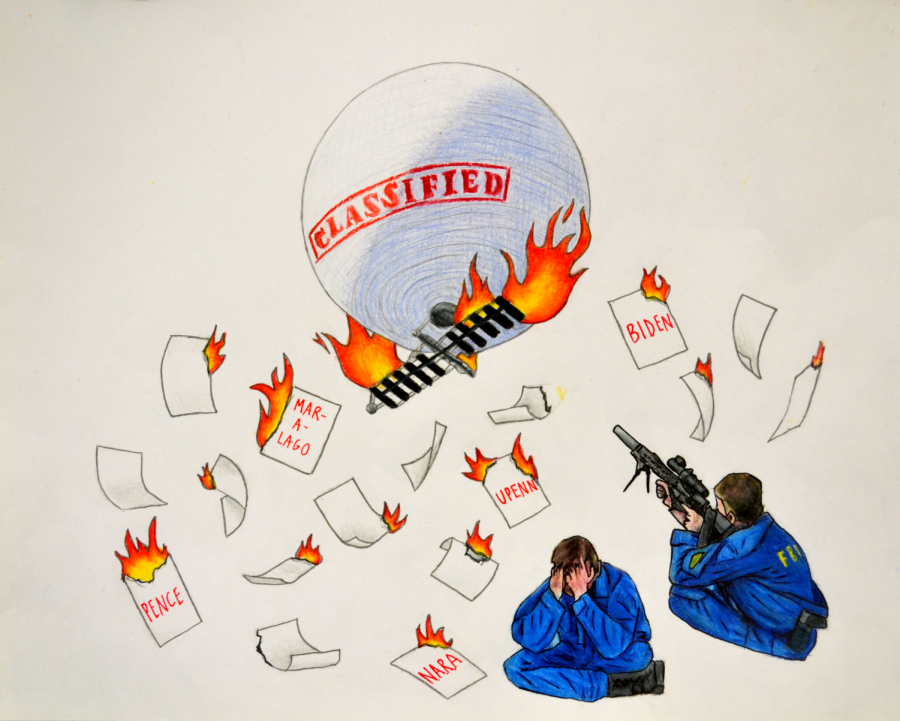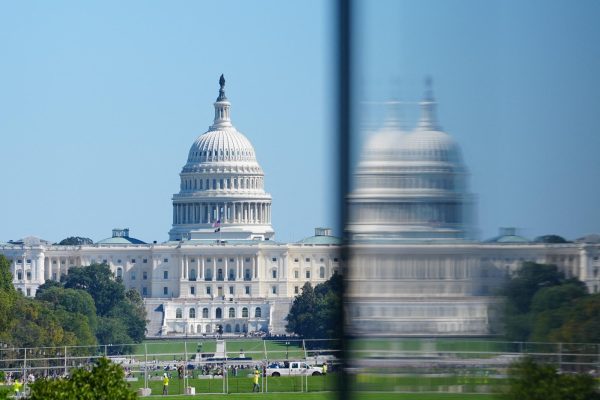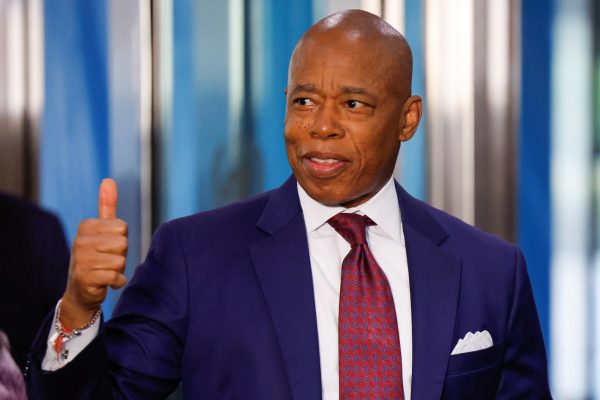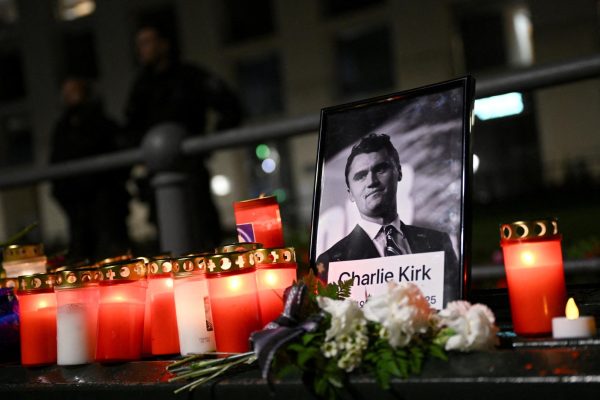NEWS ANALYSIS: Potential security risks posed amid discoveries
The recent uncoverings of classified documents in the homes of President Joe Biden, former President Donald Trump and former Vice President Mike Pence, paired with the U.S. military’s takedown of a Chinese spy balloon and several other unidentified flying objects, have all raised combined questions about the nation’s security. Are these unconnected problems, or are they a pattern of genuine national security problems? The answer is still … up in the air.
Current and former officials often discover and return classified documents several times a year, according to The Associated Press as reported by a New York Times article. The practice of finding, tracking and returning such documents is not new or noteworthy on its own, but the sudden timing of such material being found in the homes of Biden, Trump and Pence all raise questions about how the government labels material as secret and how it manages those documents, including after a president leaves office.
Critics of the classification system have argued for decades that by marking an unmanageable number of documents as secret, the government may be risking exposing significant secrets that need to be kept secure. These recent discoveries show just how difficult it is to track a high number of classified documents and how overclassification makes slip-ups inevitable.
Several reports, though, have stressed that there are significant differences between findings around Pence and Biden versus Trump. In the cases of Pence and Biden, a “small number” of documents were found by officials, or even voluntarily declared in Biden’s case, and returned “immediately,” with no indication either was aware of the records’ existence, the Associated Press reported on Feb. 10. In the case of Trump, however, roughly 300 classified documents, including some at the top secret level, have been recovered, and the recovery process took more than six months, a federal subpoena and a warrant showing investigation of possible crimes, with the president possibly facing obstruction of justice criminal charges over the extended battle to retrieve the documents, according to the Associated Press.
Current and former officials have long warned about the problem of overclassification, according to an NBC article. The federal government classifies more than 50 million documents a year, according to the New York Times.
This system compels officials to “play it safe” and classify an extensive number of documents, when very few of those documents warrant the classification, many officials and critics say. This is because there are little to no downsides faced by officials who overclassify a document, but major consequences for those who under-classify something.
There are several issues with overclassification. One potential problem is that it may pose a challenge to agencies attempting to share information with other U.S. agencies or foreign partners. Moreover, over-classification can make it so that the public is unable to view relevant information. This causes complications when voters and journalists want to hold their leaders accountable, according to a New York Times article.
As for the spy balloons and other flying objects, current evidence released has resulted in an unclear picture when it comes to the potential of national security risks. U.S. officials remain adamant that the first discovered object was a large spy balloon from China. In contrast, they have notably labeled the others as smaller, less sophisticated devices traveling on lower-level winds, according to a Feb. 15 Washington Post article. President Biden assured Americans that the smaller devices, while literal “unidentified flying objects,” were not connected to Beijing and were likely research balloons, only shot down by American forces “out of an abundance of caution,” the New York Times reported on Feb. 16.
“We don’t yet know exactly what these three objects were, but nothing right now suggests they were related to China’s spy balloon program or that they were surveillance vehicles from any other country,” Biden said in a statement on Feb. 16.
U.S. reaction to the spy balloon and other flying objects heightens the already tense relationship the U.S. has with China, and the White House surely does not want to add tension to a situation without clear proof, according to the Washington Post. Additionally, thousands of weather and research balloons circle the world at all times, so without having any proof otherwise, the U.S. intelligence community is indicating the objects may have been harmless, said National Security Council strategic communications coordinator John Kirby on Feb. 14, as reported by the Washington Post. So, while these air balloons certainly caused much concern among U.S. citizens, there may be little reason to believe that these balloons pose a significant risk to national security.









